Tribe Trochulini Phylum Mollusca Rank Genus | Scientific name Trochulus | |
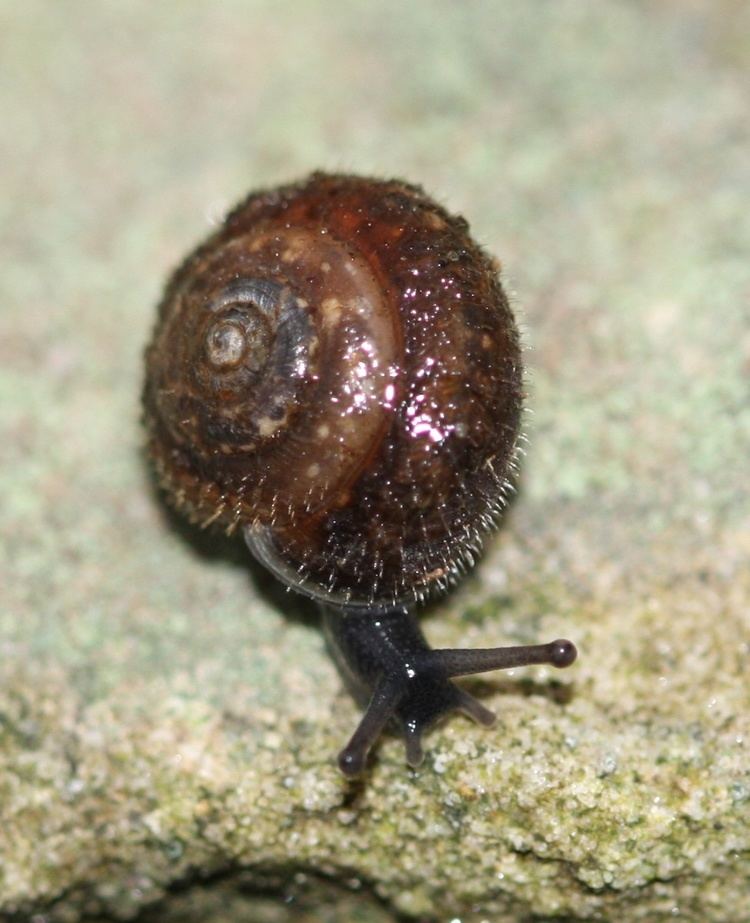 | ||
Similar Trochulus hispidus, Hygromiidae, Gastropods, Molluscs, Trochulus striolatus | ||
Euconulus trochulus reinhart 1883 silk hive snail
Trochulus is a genus of small air-breathing land snails, terrestrial pulmonate gastropod mollusks in the family Hygromiidae, the hairy snails and their allies.
Contents
- Euconulus trochulus reinhart 1883 silk hive snail
- Taxonomy
- Species
- Hair on shells
- Feeding habits
- References
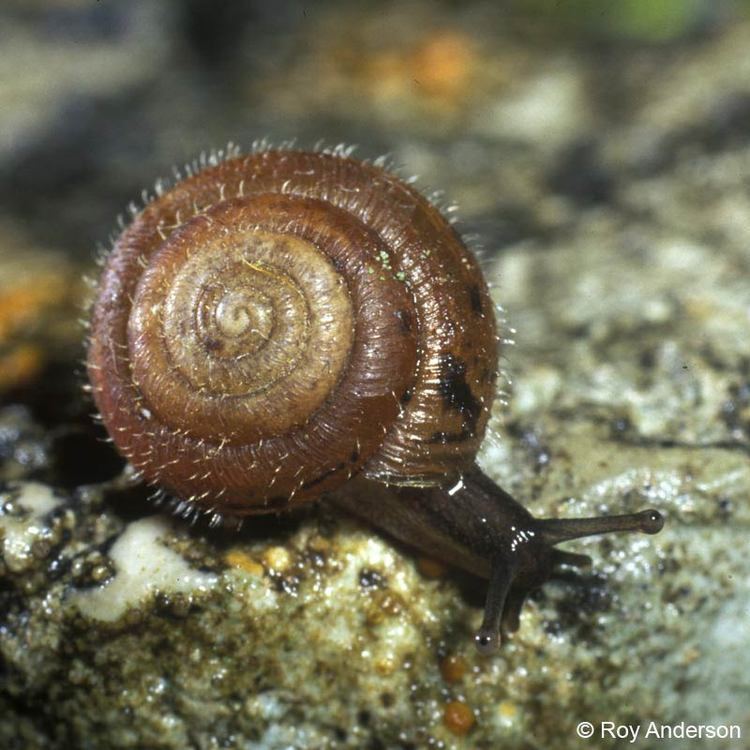
Euconulus trochulus reinhart 1883 silk hive snail
Taxonomy
Trichia Hartmann, 1840 is a junior synonym of Trochulus Chemnitz, 1786.
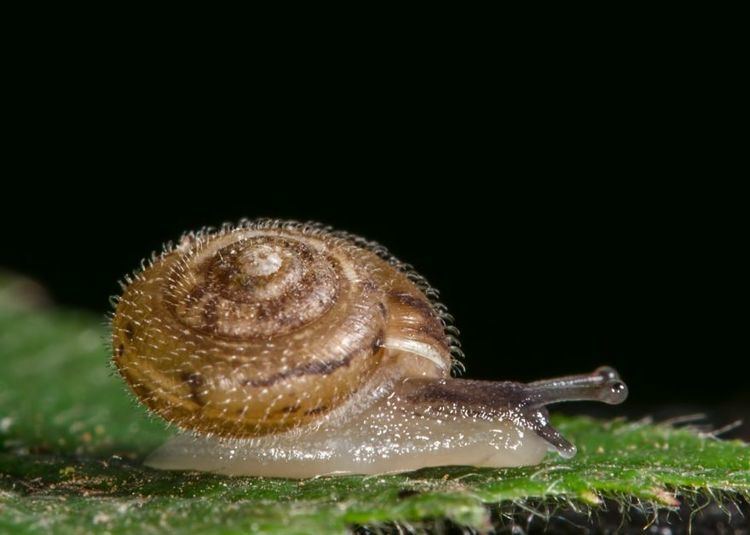
Nearly every malacological work prior to 2006 used the name Trichia instead of the (now considered valid) name Trochulus.
Species
The speciation centre for the genus Trochulus is in the Alps.
The type species of this genus is Trochulus hispidus.
Species within the genus Trochulus include:
Subgenus Trochulus Chemnitz, 1786
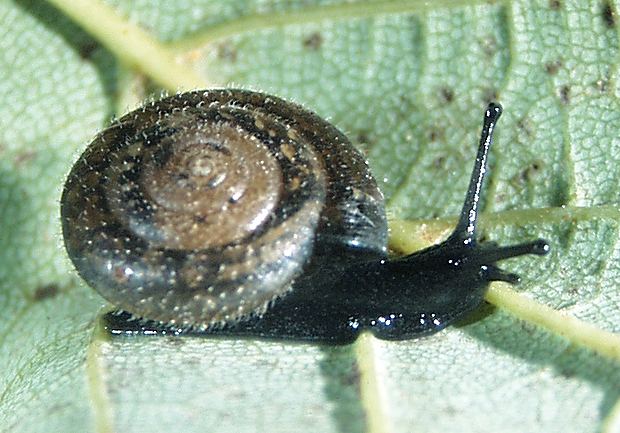
Subgenus Plicuteria Schileyko, 1978
Based on molecular analyses, Trochulus lubomirskii does not belong to the genus Trochulus.
Hair on shells
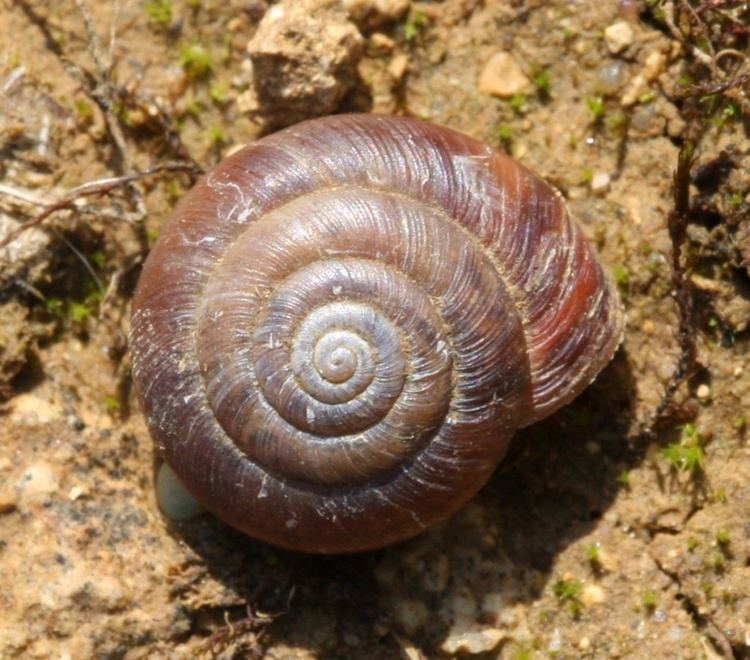
The periostracum of the shells of most Trochulus species has hair-like features. Some of the hair-less species do possess hairs as juveniles. Hairy shells appeared to be the ancestral character state in the genus Trochulus, a feature which has most probably been lost three times independently.

These losses were correlated with a shift from humid to dry habitats, indicating an adaptive function of hairs in moist environments. It had been previously hypothesised that these costly protein structures of the outer shell layer facilitate locomotion in moist habitats. Experiments by Pfenninger et al. (2005) showed an increased adherence of haired shells to wet surfaces. The possession of hairs facilitates the adherence of the snails to their herbaceous food plants during foraging, when humidity levels are high. The absence of hairs in some Trochulus species could thus be explained as a loss of the potential adaptive function linked to habitat shifts.
Feeding habits
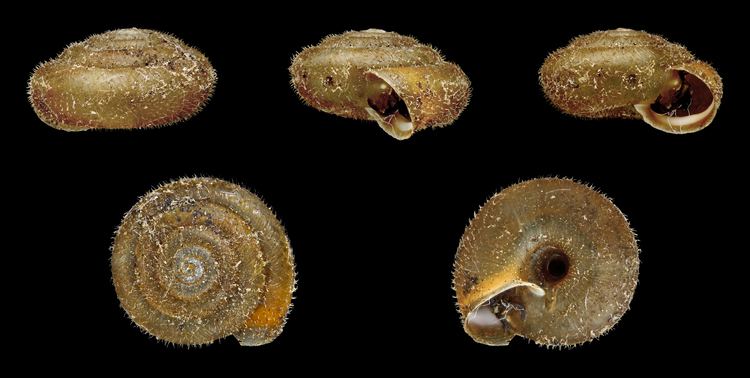
Trochulus species in moist habitats prefer to forage on large-leaved herbaceous plants like Adenostyles, Urtica (nettles), Homogyne or Tussilago (coltsfoot etc).
